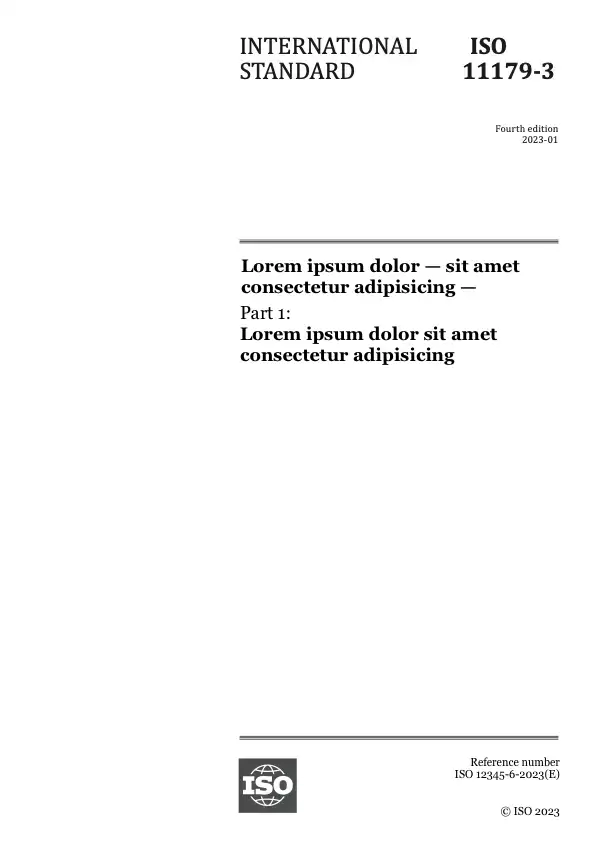Résumé
ISO 21007-1:2005 establishes a common framework for data structure for unambiguous identification of single or manifolded gas cylinders and for other common data elements in this sector. It also serves as a terminology document in the area of radio frequency identification (RFID) technology.
The scheme and reference model architecture proposed is designed to be an enabling structure to allow some harmonization between different commercial systems and not prescriptive in determining any one system. It is not frequency or air interface protocol specific, provides maximum interoperability, has a high population capability and provides the possibility of upwards migration to more capable systems.
ISO 21007-1:2005 provides a reference structure within which the key core elements of the data structure form an unambiguous identification that may be used to identify the message as a message from a gas cylinder within an electronic data interchange (EDI) environment and provides an application reference identifying that different data structure is contained in the message. A wide variety of such systems can be supported within the structure determined in ISO 21007-1:2005 such as identification of specialty gases and different gas applications. Each such system may range from individual simple identification to identification of such factors as content, fill date, history of use, etc.
ISO 21007-1:2005 does not include the air interface or any aspect of the equipment, solely the data element structure. Subsequent parts of ISO 21007 will define the data structures for gas cylinders and for specific sectors of application.
The numbering scheme views the Identification (ID) as a data element, and the common basic data structure is defined as a data identifier code. The adoption of the Abstract Syntax Notification (ASN.1) structure in a form to meet the requirements of ISO 21007-1:2005 and subsequent subordinate parts of ISO 21007 enables the ISO 21007 series of standards to meet its objectives of
- being adaptable and expandable,
- providing a migration path to enhancement and future developments,
- avoiding carrying unnecessary information for irrelevant applications in any data construct,
- using existing standard codings wherever possible, and
- carrying a minimum of overhead in storage and transmission.
Prévisualiser
Informations générales
-
État actuel: PubliéeDate de publication: 2005-07Stade: Norme internationale confirmée [90.93]
-
Edition: 1
-
Comité technique :ISO/TC 58/SC 4ICS :23.020.35
- RSS mises à jour
Cycle de vie
Vous avez une question?
Consulter notre FAQ
Horaires d’ouverture:
De lundi à vendredi - 09:00-12:00, 14:00-17:00 (UTC+1)

